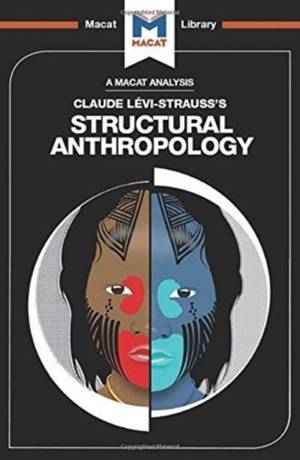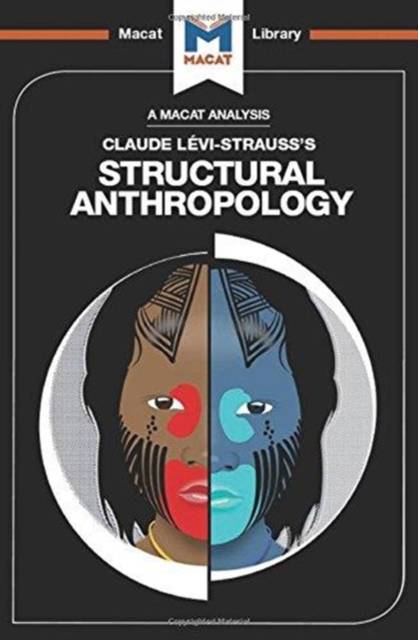
- Afhalen na 1 uur in een winkel met voorraad
- Gratis thuislevering in België vanaf € 30
- Ruim aanbod met 7 miljoen producten
- Afhalen na 1 uur in een winkel met voorraad
- Gratis thuislevering in België vanaf € 30
- Ruim aanbod met 7 miljoen producten
Zoeken
€ 27,45
+ 54 punten
Uitvoering
Omschrijving
Claude Lévi-Strauss is probably the most complex anthropological theorist of all time. His work continues to influence present-day thinkers in his field, but he is perhaps even more influential beyond it. As one of the key figures in the development of what is known today as 'French theory, ' Lévi-Strauss was one of the most important thinkers of the 20th-century. His theories of interpretation, meaning and culture have helped shape the ideas and methodologies of a range of disciplines, above all literature and philosophy. At the heart of Lévi-Strauss's work are the questions of meaning and where meaning comes from. As an anthropologist, he was primarily interested in what completely different and separate cultures might have in common. Crucially, he saw how common ground resides not on the surface of cultures (i.e., in similar customs), but deep inside invisible background structures of thought. His quest was to peel away the surface of different cultures through careful interpretation, advancing from one layer to another until he discovered the structures that lay behind all of the exterior practices and meanings. Infamously challenging, his work shows interpretative skills working at the highest, most abstract level possible.
Specificaties
Betrokkenen
- Auteur(s):
- Uitgeverij:
Inhoud
- Aantal bladzijden:
- 96
- Taal:
- Engels
- Reeks:
Eigenschappen
- Productcode (EAN):
- 9781912302093
- Verschijningsdatum:
- 25/07/2017
- Uitvoering:
- Hardcover
- Formaat:
- Genaaid
- Afmetingen:
- 135 mm x 203 mm
- Gewicht:
- 249 g

Alleen bij Standaard Boekhandel
+ 54 punten op je klantenkaart van Standaard Boekhandel
Beoordelingen
We publiceren alleen reviews die voldoen aan de voorwaarden voor reviews. Bekijk onze voorwaarden voor reviews.











